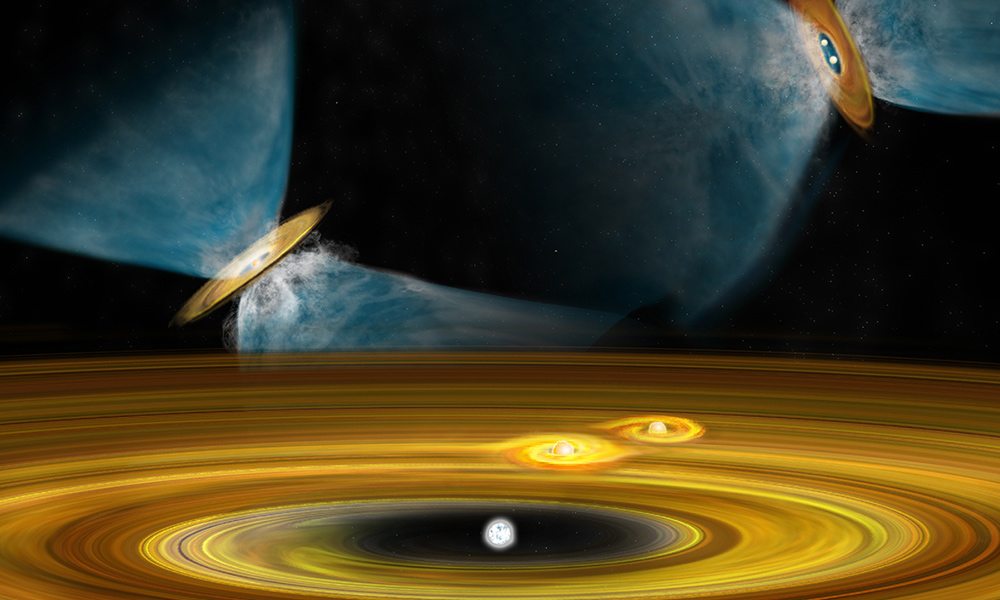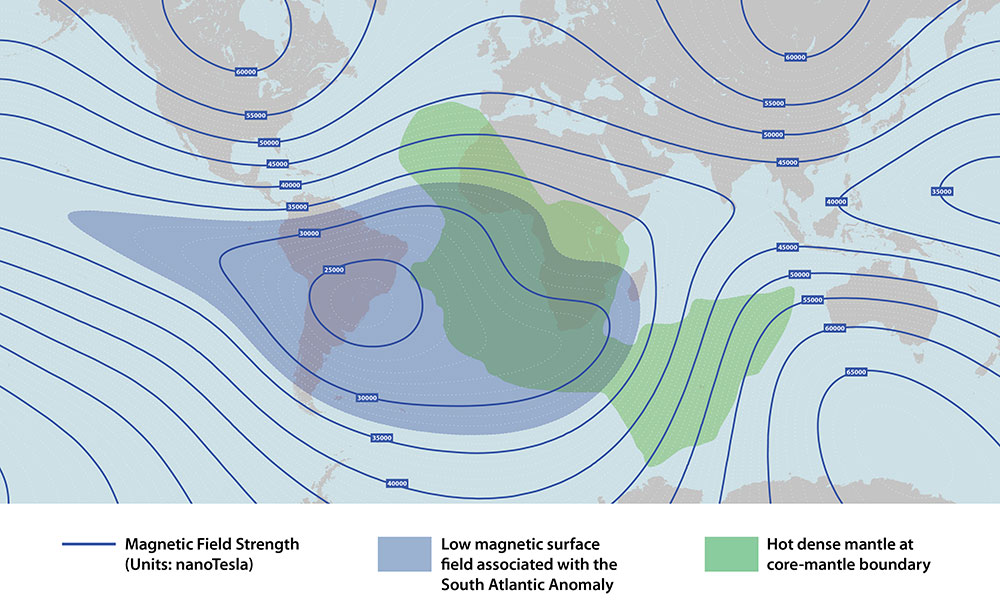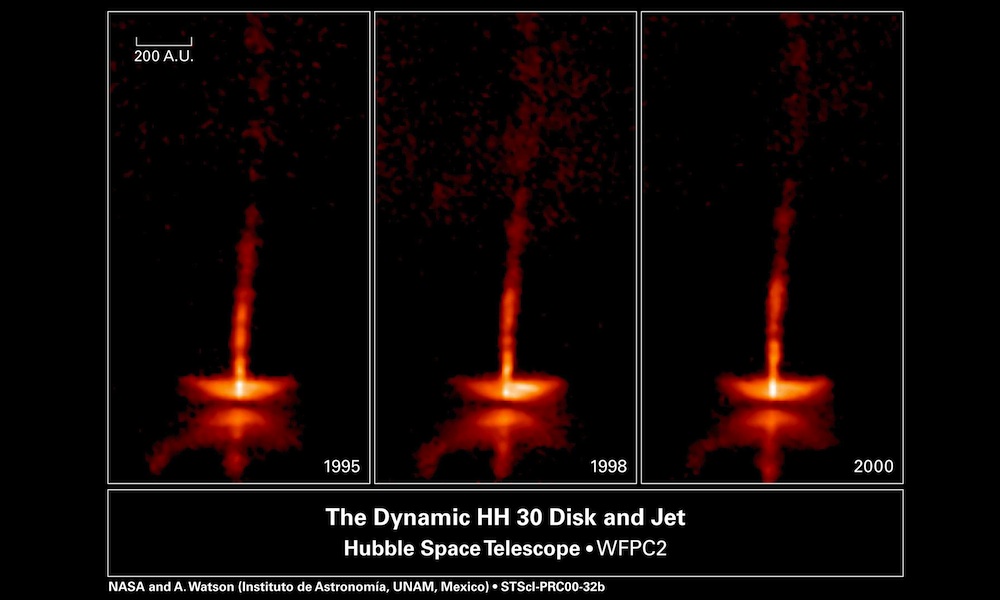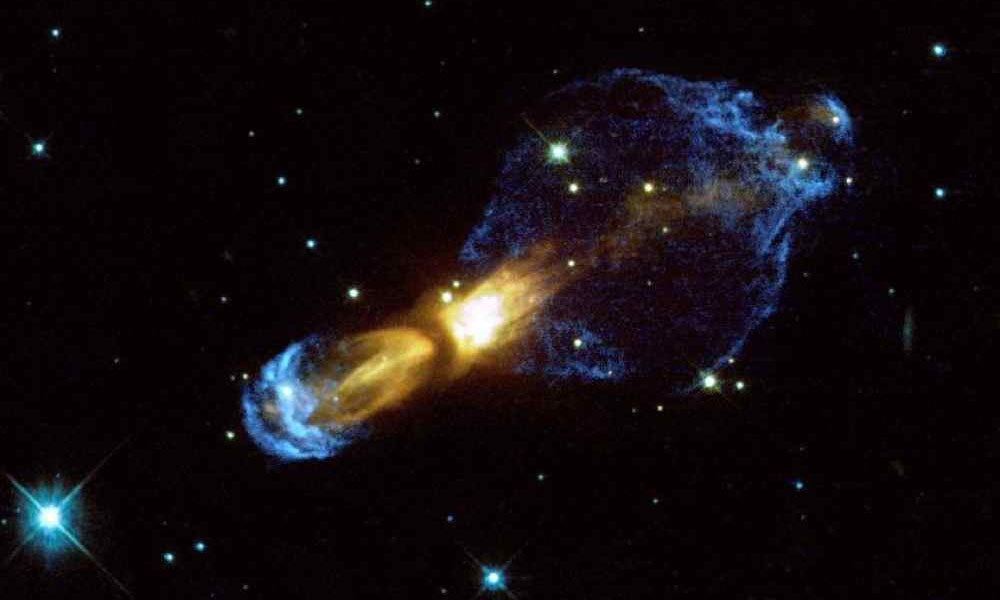
Science & Technology
Rochester leads effort to understand matter at atom-crushing pressures
August 10, 2020
The University is the host institution for a NSF-funded national collaboration to explore ‘revolutionary states of matter.’




